Home » The Kratom Tree: History of Kratom
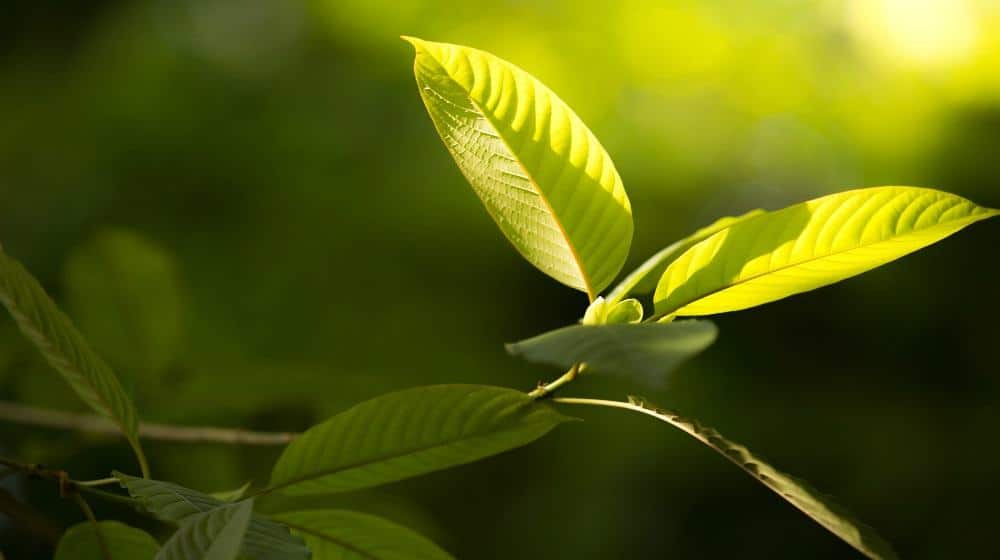
The Kratom Tree: History of Kratom
- Anthony Dent, Founding Member
- 3 Comments
Asia & Ancient Use
Long has man sought relief from daily ailments. Blessed were those from Southeast Asia who were gifted an indigenous kratom tree, providing a new remedy to help treat a variety of symptoms.
Once the kratom tree was discovered it didn’t take long for news of the Kratom leaf to spread, not only geographically, but also in its applications. First documented in Thailand, Kratom was used symbolically as a gift given to guests as a warm welcome. Manuscripts also point to various uses in ancient rituals and ceremonies across Southeast Asia and beyond. Reaching as far as Mongolia, kratom began to spread. Dozens of religions found a spiritual connection to the plant, much as their patrons did.
But kratom was not just used for visiting dignitaries or starry-eyed shamans. Many of its earliest users were the common man, who found kratom a useful additive to their daily schedule in assisting with their work, improving their mood, and generally providing relief from the aching realities of life before modern medicine. Southeast Asian peasant farmers revered the leaf for the aid it provided in an otherwise limited lifestyle, and we’ve seen a multitude of sources through time laud the kratom tree and its benefits.
Western Use (19th Century – Present)
Pieter Korthals, a Dutch botanist who is often credited with bringing kratom into the consciousness of the Western World in the 19th century, is also credited with dubbing the kratom tree with its scientific name, Mitraynga Speicosa, but its complete etymological origin is unclear. Some attribute it to the Dutchman’s clever comparison of the appearance of a kratom leaf to a bishop’s garb; others, the link to its ceremonial roots in ‘Mithraic’ Cults, an order determined to transcendent to the spiritual. Whatever its origin, there is little doubt of its popularity for those who use it.
Despite being illegal in many of its native countries, kratom – often known as ‘ketum’ – is still wildly popular and only growing, used as a ‘traditional’ medicine, as a work aid, and in social settings. The United States alone, a still-nascent market, has an estimated 15 million users. And while the science is young, the American Kratom Association (AKA) – one of many emerging groups who promote the education and responsible use of kratom – recently pushed legislation through the House to increase the pharmacological studies on kratom. Whatever anecdotal evidence has failed to show us will be illuminated by well-funded, academic research, and that stands to benefit not only kratom’s users but those who could one day benefit from it.
Kratom is ancient. It has found its way into all levels of society, regardless of class, race, gender, or affiliation. But its history has only just begun.
Featured Products
-
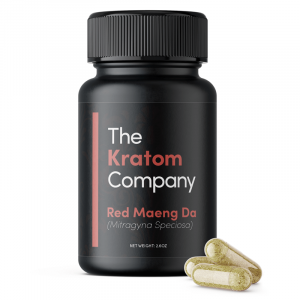 From $24.00Select options This product has multiple variants. The options may be chosen on the product page
From $24.00Select options This product has multiple variants. The options may be chosen on the product page -
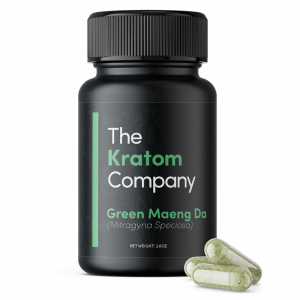 From $24.00Select options This product has multiple variants. The options may be chosen on the product page
From $24.00Select options This product has multiple variants. The options may be chosen on the product page -
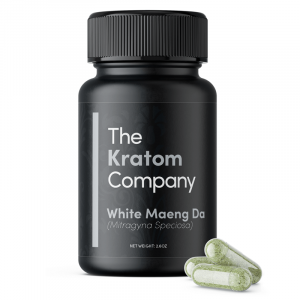 From $24.00Select options This product has multiple variants. The options may be chosen on the product page
From $24.00Select options This product has multiple variants. The options may be chosen on the product page
Explore More Posts
Product Search
Featured Products
-
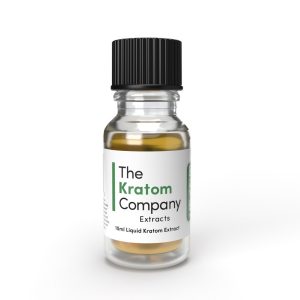 Pure Kratom Liquid Extract
Rated 4.72 out of 5From $20.00
Pure Kratom Liquid Extract
Rated 4.72 out of 5From $20.00 -
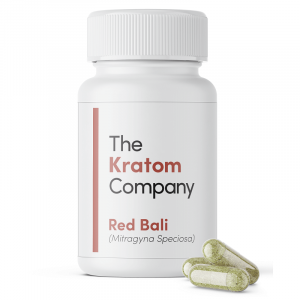 Red Vein Bali Kratom Capsules
Rated 4.70 out of 5From $24.00
Red Vein Bali Kratom Capsules
Rated 4.70 out of 5From $24.00 -
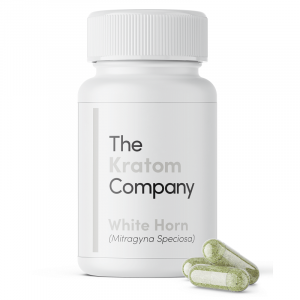 White Horn Kratom Capsules
Rated 4.88 out of 5From $24.00
White Horn Kratom Capsules
Rated 4.88 out of 5From $24.00
Recent Blogs
Follow Us
Strains
Blogs
NEWSLETTER
Sign up for our newsletter!

These statements and products presented on this website have not been evaluated by the Food and Drug Administration FDA. The products mentioned on this website are not intended to diagnose, prevent, treat or cure any diseases or health conditions. Therefore any information on this website is presented solely as the opinions of their respective authors who do not claim in any way shape or form to be medical professionals providing medical advice. The KRTM Company and its owners or employees cannot be held responsible for, and will not be liable for the inaccuracy or application of any information whatsoever herein provided. By purchasing our products you agree that you are aware and in compliance with your local county, state, or federal regulations. Must be 21 years or older to purchase Kratom. The US FDA has not approved kratom as a dietary supplement. We do not ship to the following states, cities and counties in the US where Kratom is banned: Alabama, Arkansas, Indiana, Rhode Island, Vermont, Wisconsin, Sarasota County, FL, Union County, MS, Denver, CO, San Diego, CA, and Jerseyville, IL.



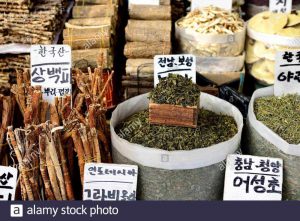


This Post Has 3 Comments
So fun to learn about thank you!
would like to hear more about how pieter korthals stumbled on kratom – another blog post?
Can’t wait for the results of modern research to finally show the world how beneficial kratom really is!